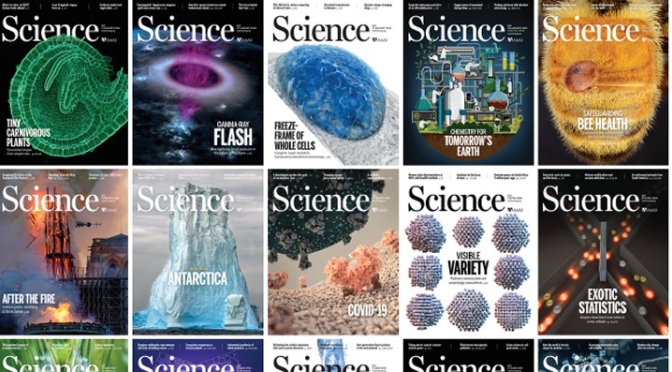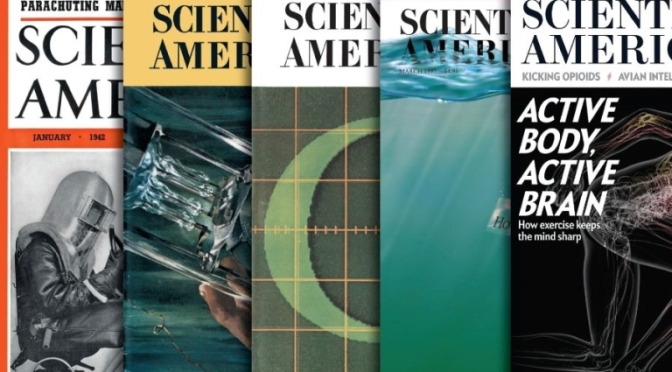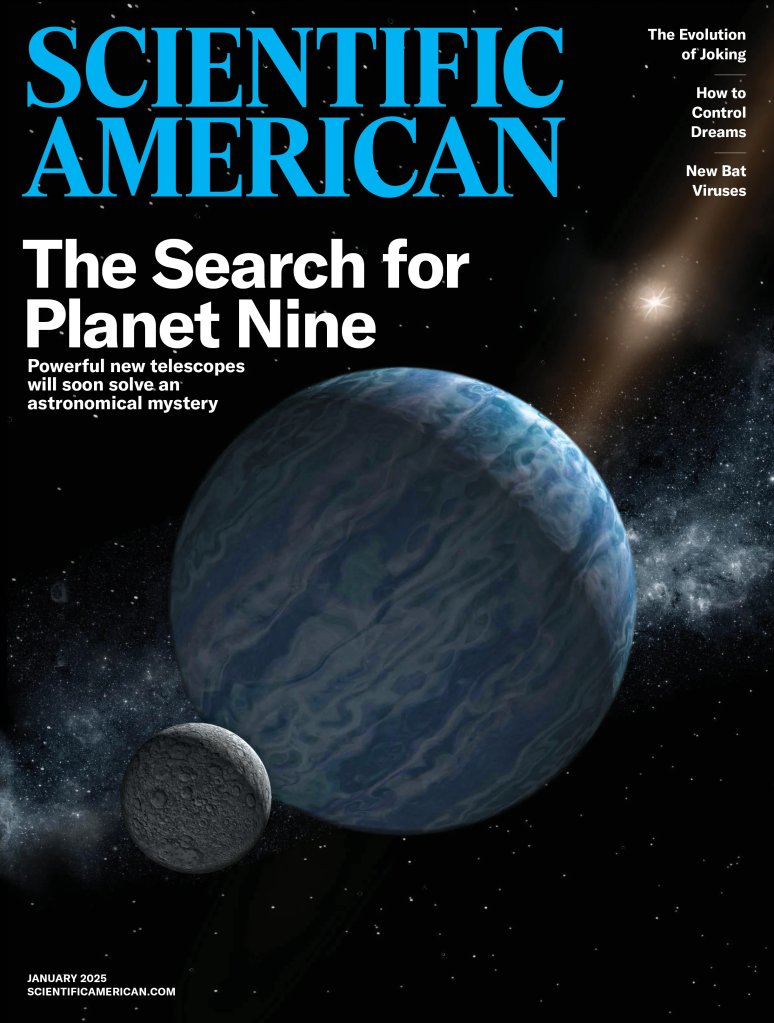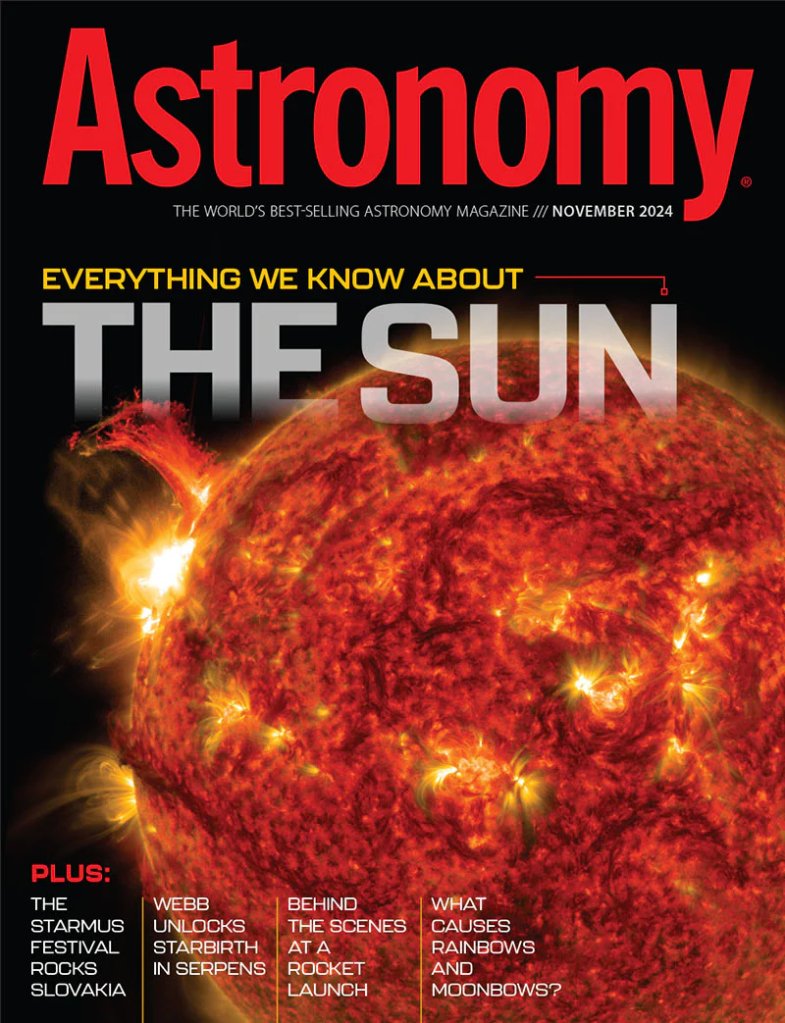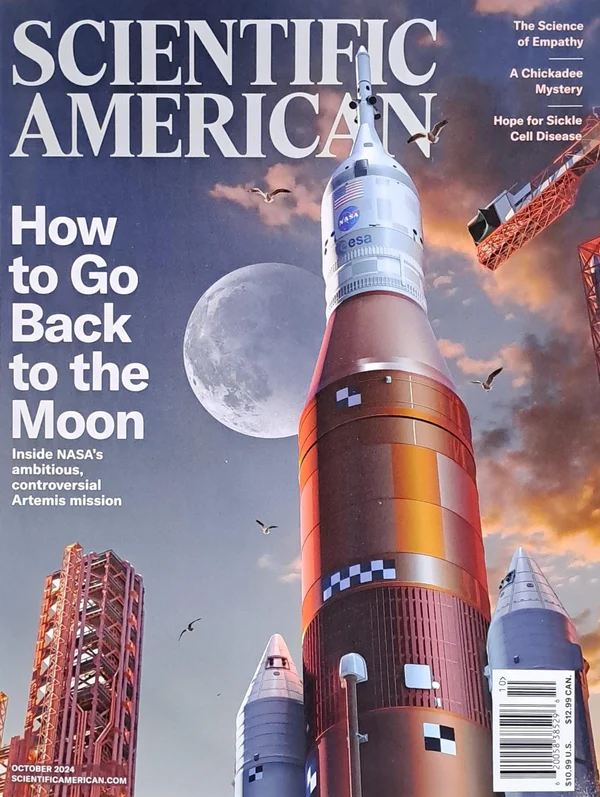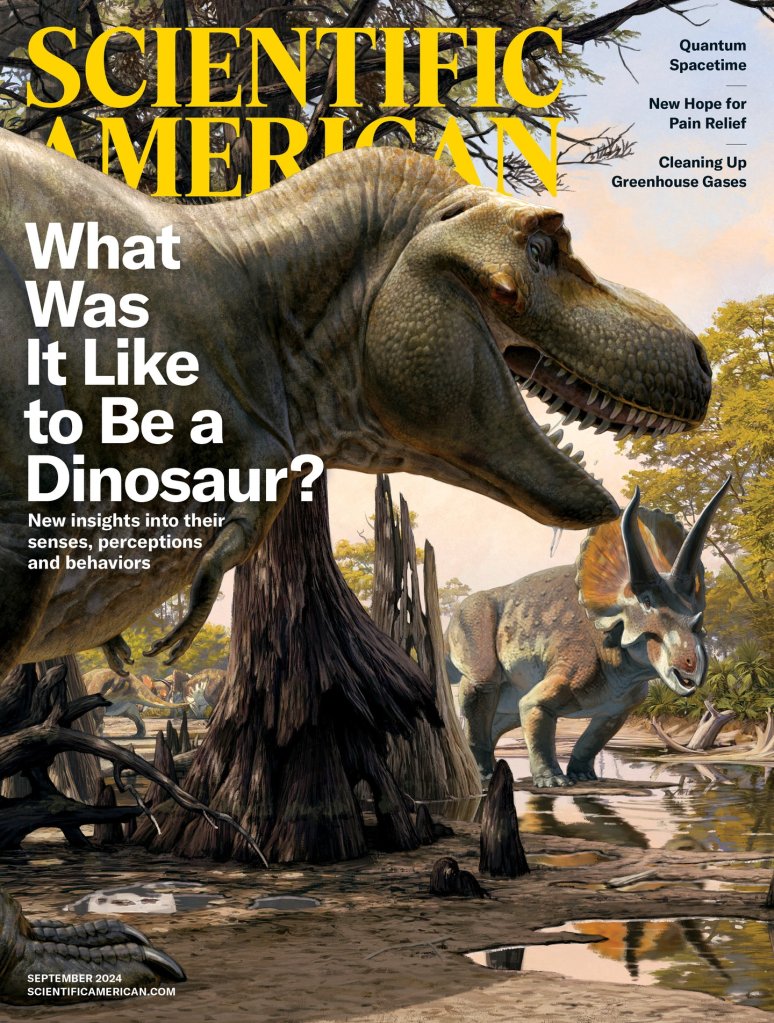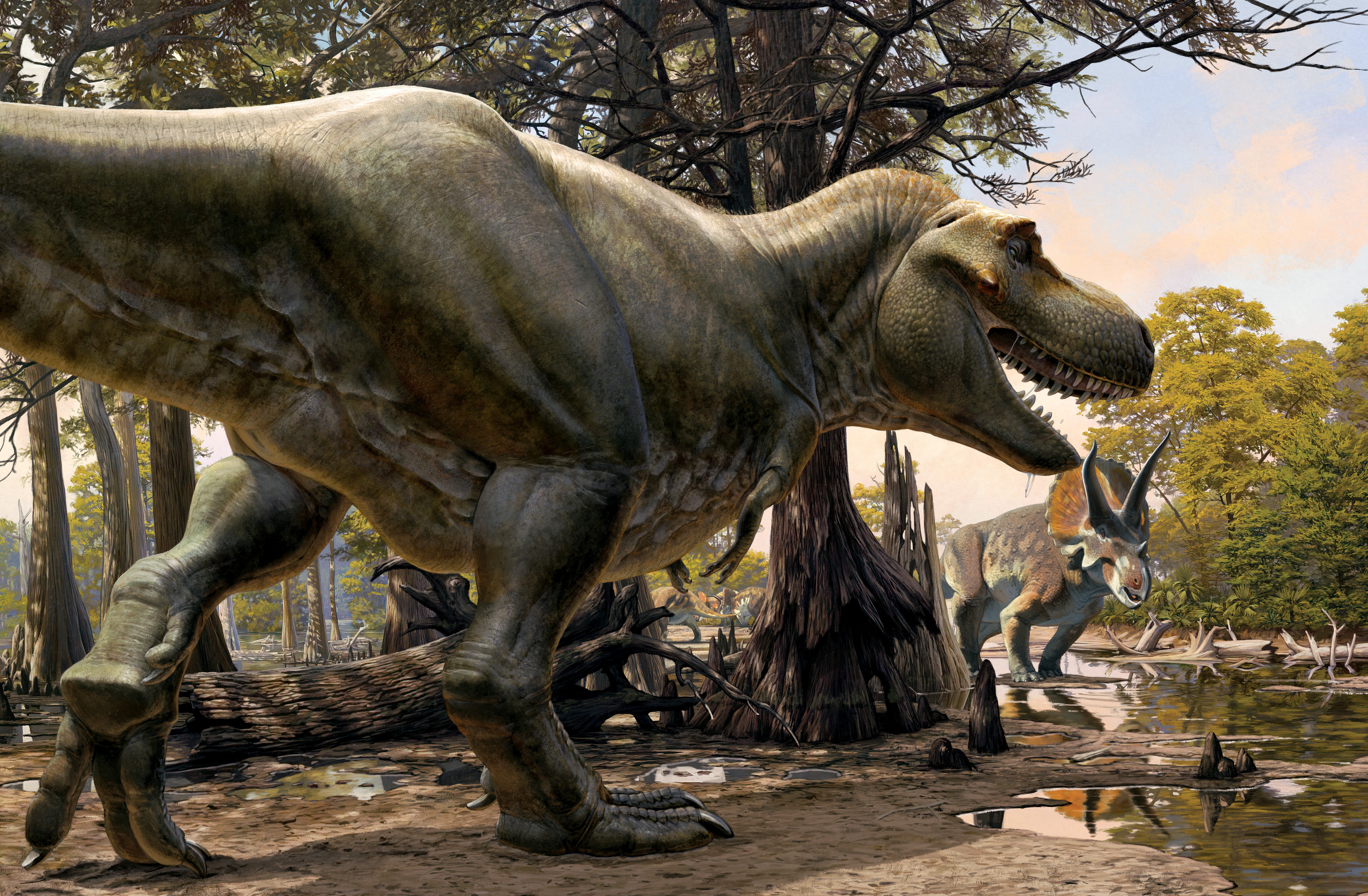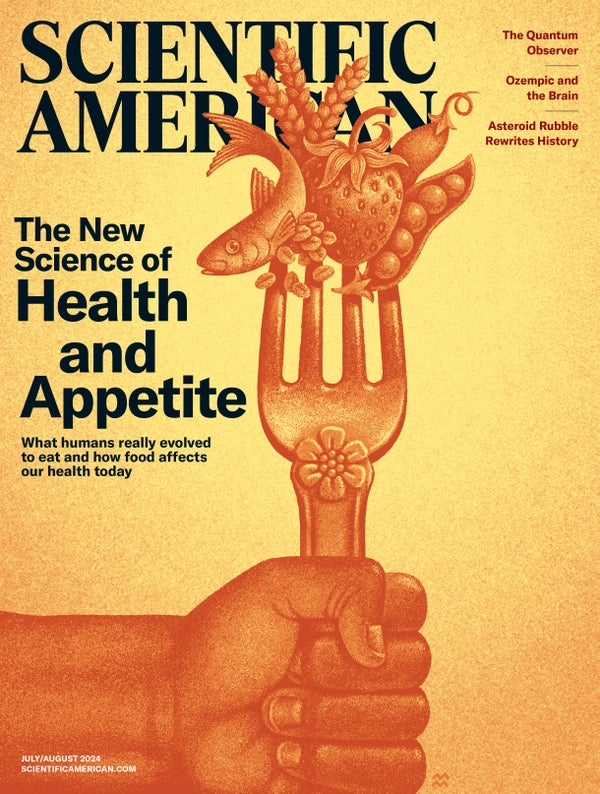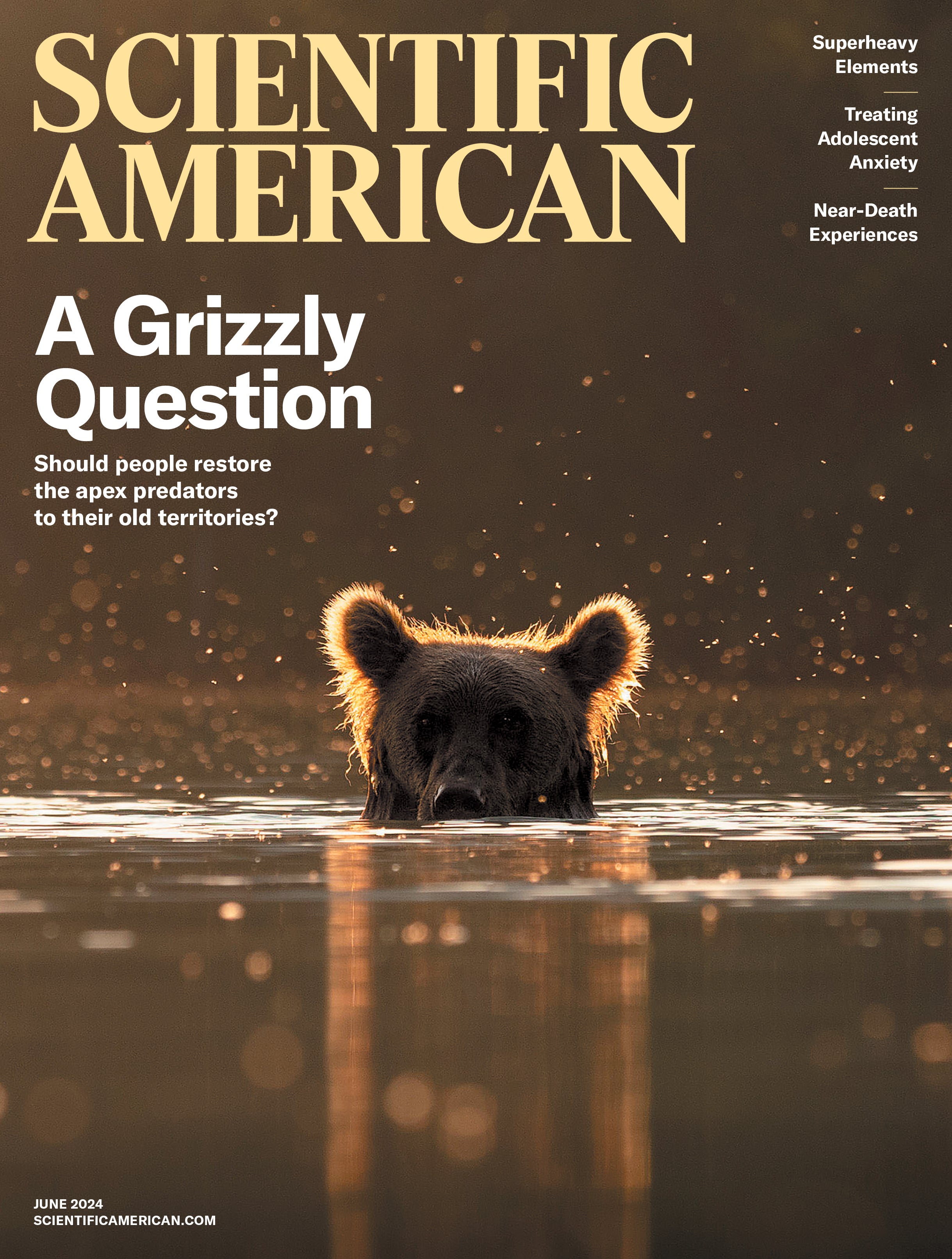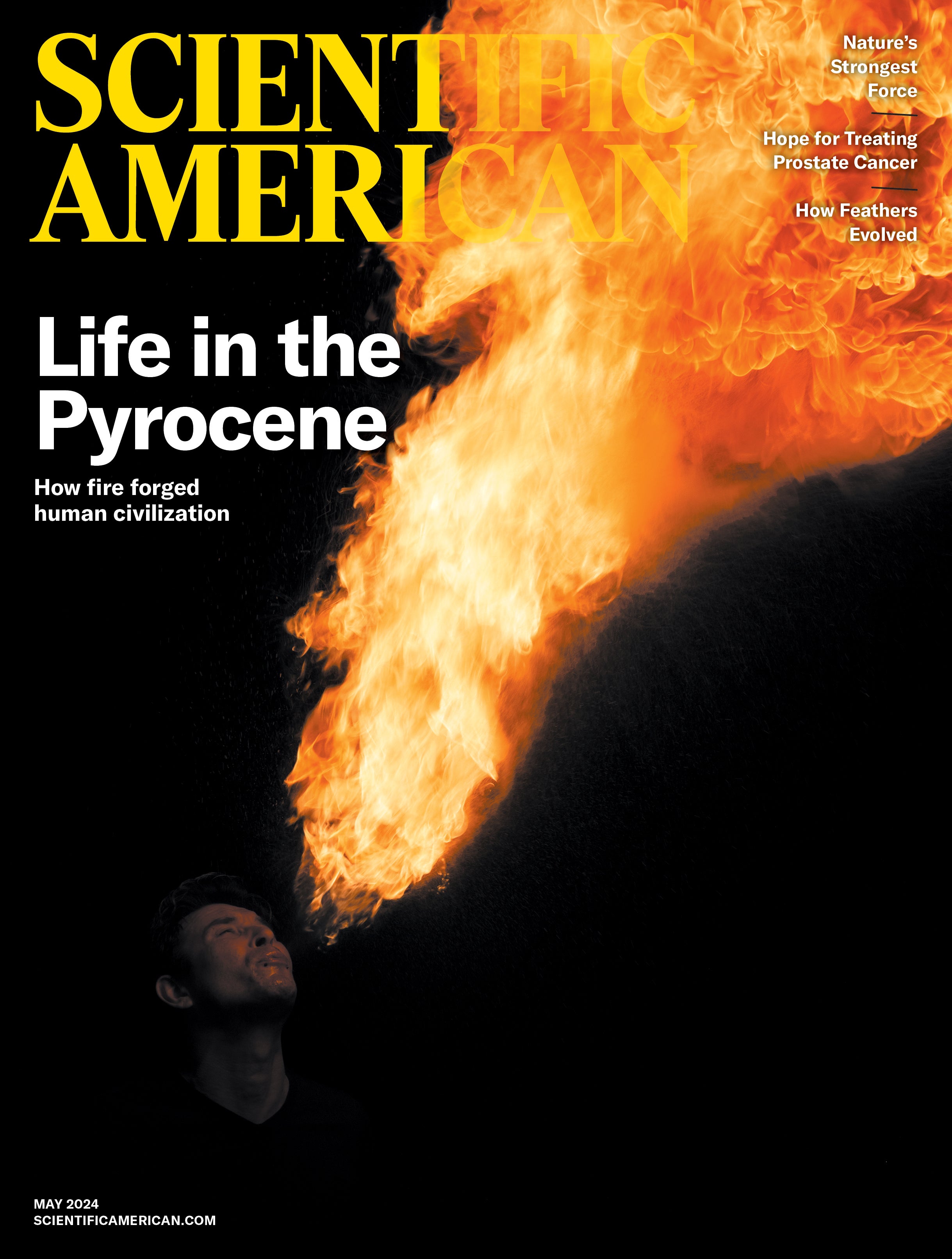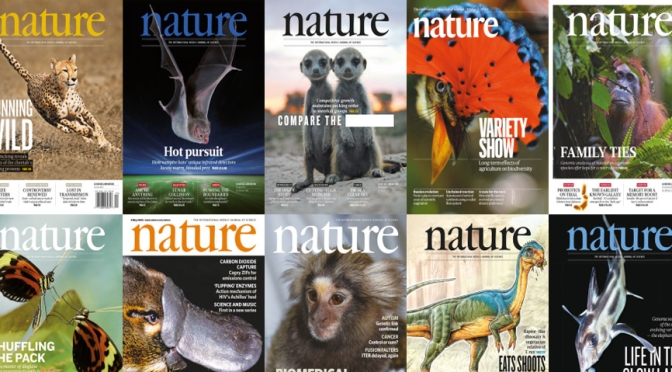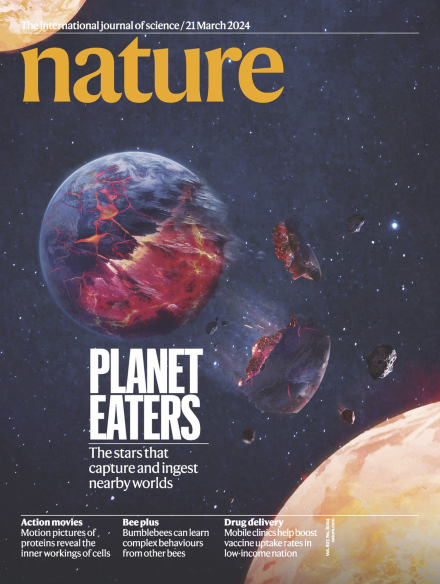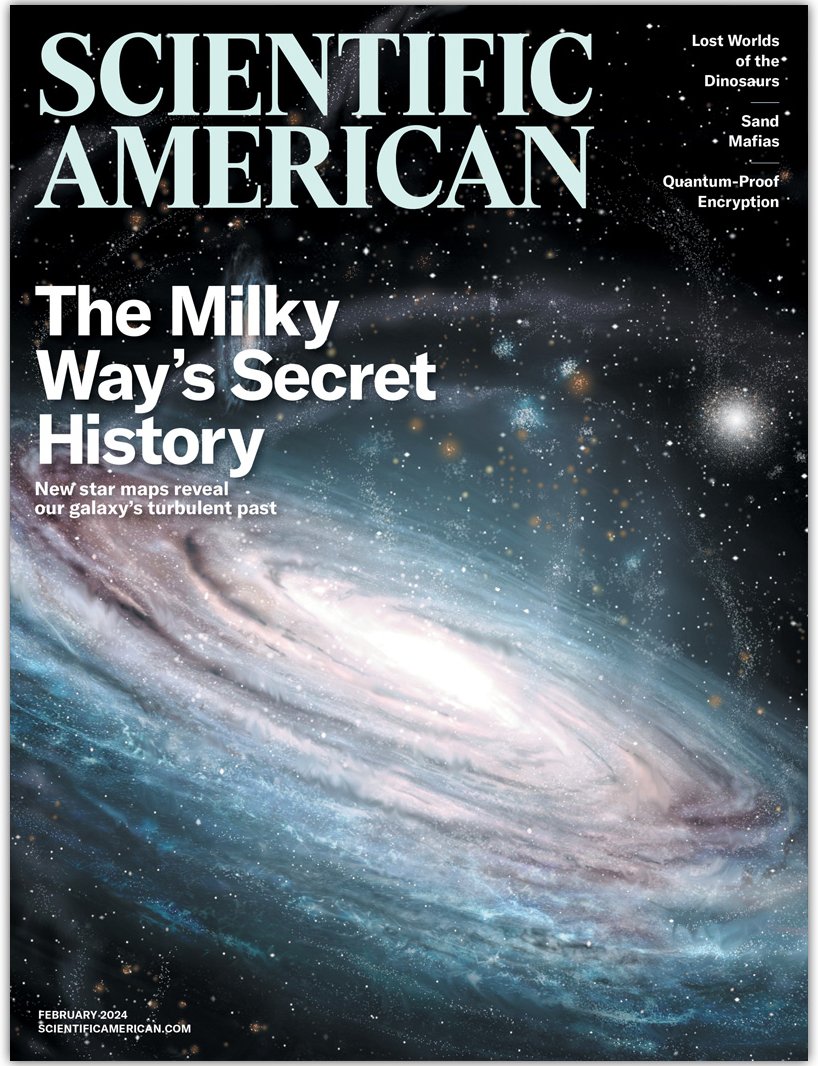
Studies seek signs of consciousness before birth
Fetal and infant brains offer clues to when human experience begins
In Ukraine, dam’s destruction sets off a ‘toxic time bomb’
Floods threaten to spread sediments laden with toxicants
Oceans’ trenches are home to ‘incredible’ diversity
In trio of studies, scientists explore life in the mysterious hadal zone
NIH kills existing grants on transgender issues
Some termination letters cite “biological realities” to dismiss usefulness of such research
Face to face with the first known Western European
At least 1.1 million years old, a fossil face suggests more than one type of early human inhabited Europe

